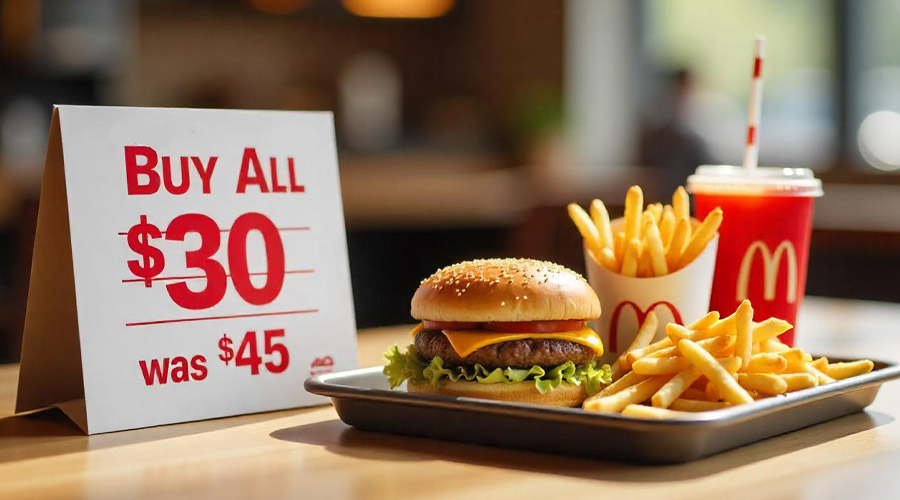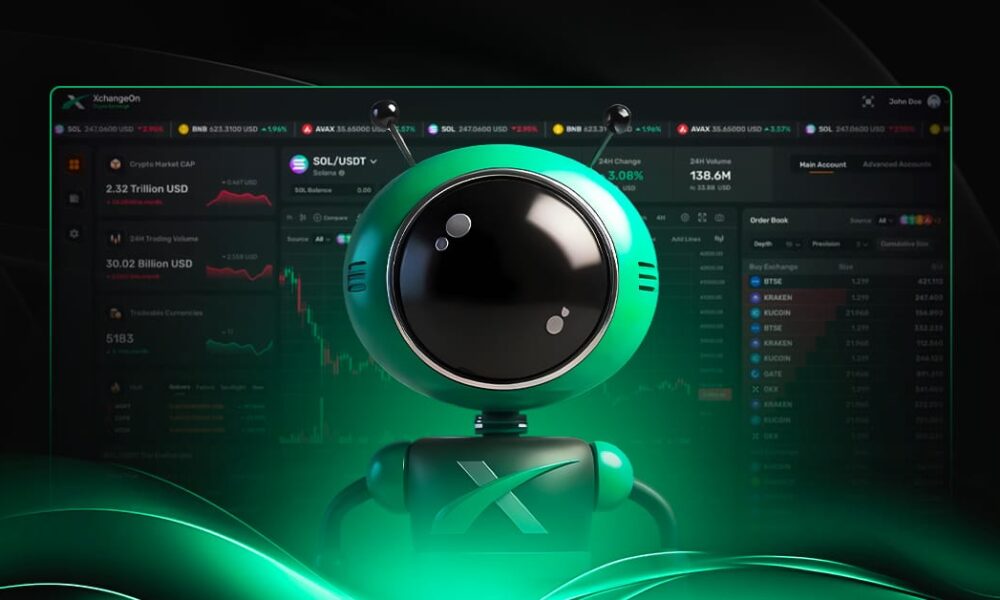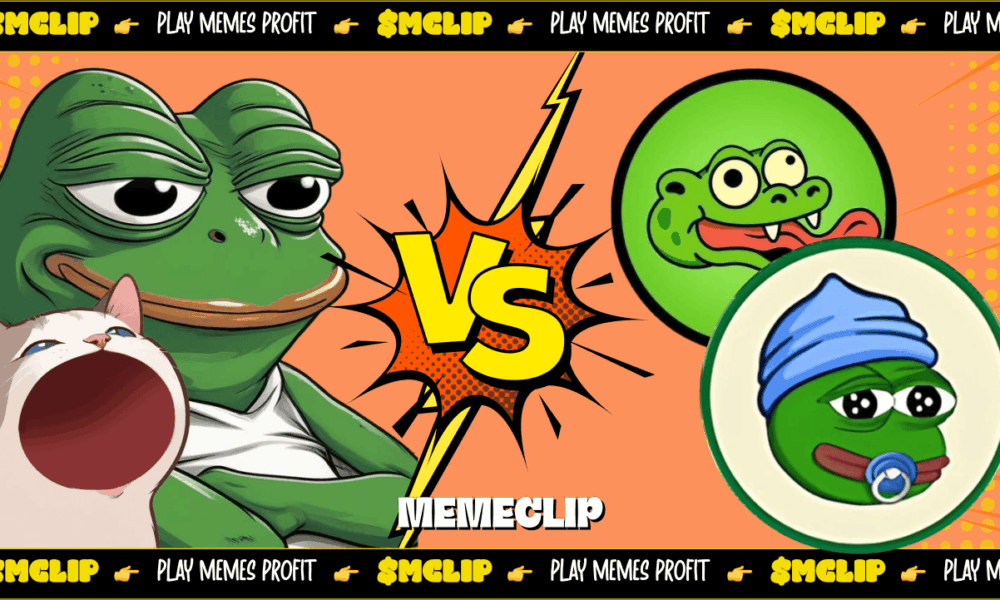Ever gone to a store for one item but came back with it and something else because it was cheaper together? That’s price bundling. In such cases, you probably spent more money than you originally planned. This shows why price bundling in marketing is so important, businesses can increase their revenue by applying effective price bundling strategies. So, you need to know: What is bundle pricing, and how can it help?
If you run an e-commerce business and want to encourage your customers to make faster purchasing decisions, what’s more attractive than a package of items offered at a lower price? If you want to know how to define price bundling and learn how to use this proven strategy to make your business more successful, read this article to the end.
What Is Price Bundling?
Price bundling is a marketing strategy where multiple products or services are combined and sold as a single package — typically at a lower total price than if each item were purchased individually.
This strategy helps customers feel they’re getting more value while enabling businesses to increase overall sales by encouraging higher total spending.
While it might seem similar to simply discounting an item, bundle pricing works differently. Bundling often promotes the sale of multiple related products, whereas discounting usually targets a single product and short-term results.
How Price Bundling Works in Marketing?
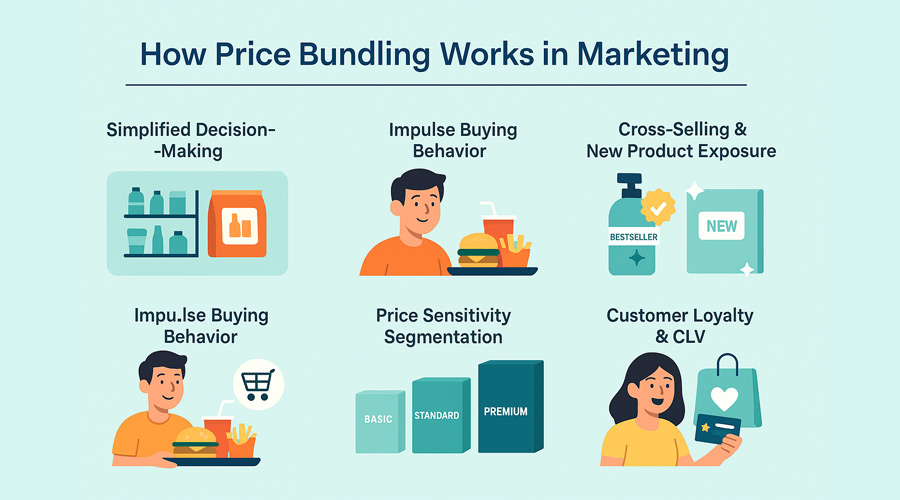
Price bundling doesn’t just offer convenience — it introduces a powerful marketing advantage: value-driven pricing with a psychological edge. When products are bundled at a lower combined price, it simplifies the decision-making process for customers and increases the appeal of the overall deal. Rather than comparing multiple individual products, customers are presented with one complete solution that feels like a better choice. According to McKinsey, bundling is considered one of the most effective pricing strategies for increasing perceived value and average order value (AOV), especially when it aligns with customer behavior and expectations.
One key reason this strategy works so well is that it taps into impulse buying behavior. Shoppers are more likely to make quick purchase decisions when they feel they’re getting more for less — for example, opting for a burger, drink, and fries bundle instead of choosing each separately, even if they don’t initially intend to buy all three.
In addition to driving conversions, price bundling enables businesses to introduce new or lesser-known products by packaging them with best-sellers. This not only boosts visibility but also makes cross-selling and upselling more natural and less intrusive.
Another often-overlooked benefit is the ability to segment customers based on price sensitivity. Offering bundles at different price points allows brands to cater to both budget-conscious shoppers and those looking for premium value — without fragmenting their product strategy.
Ultimately, price bundling in marketing helps build stronger customer relationships. It encourages repeat purchases, increases perceived value, and contributes to higher customer lifetime value (CLV) by consistently delivering the feeling of a great deal.
How E-commerce Platforms Support Price Bundling?
Modern e-commerce platforms provide built-in features and third-party tools that make implementing price bundling strategies easier and more effective. Whether you’re using Shopify, WooCommerce, BigCommerce, or another system, you can take advantage of plugins and apps to create flexible bundle offers that align with your business goals.
These tools often allow businesses to:
-
Set up fixed or dynamic product bundles with automated discounts.
-
Highlight bundled deals on product pages or during checkout.
-
Track bundle performance through analytics dashboards.
-
Personalize bundles based on customer behavior or purchase history.
For example, a Shopify store can use a Shopify bundle app to group related items—like a skincare kit or workout outfit—and offer them at a discounted rate, while a WooCommerce store might use a plugin to create build-your-own bundles with pricing rules. This flexibility supports both upselling and cross-selling while improving the customer experience.
As bundling becomes a more popular strategy, having the right tools in place helps online stores stay competitive and optimize their sales funnels.
Types of Price Bundling
There are several types of price bundling that businesses use to attract more customers and increase sales. Each strategy has its own advantages, and using them effectively can improve both customer satisfaction and revenue. Here are the main types of price bundling:
This strategy is a very versatile and common one, and includes several products acting as “one single one”. A common example is a streaming service that includes movies, TV shows, and music in one subscription plan.
This type gives customers the option to buy products either individually or as part of a bundle, often at a discount. For example, a fast-food restaurant may offer a combo meal that’s cheaper than buying the burger, fries, and drink separately.
Here, a newly launched product is packaged with a popular existing product to encourage trial and adoption. Think of a tech company bundling a new smartwatch with its best-selling smartphone.
This involves businesses from different industries teaming up to create a joint offer. An example would be a gym membership that comes with a free subscription to a wellness or nutrition app.
Price Bundling Examples Across Industries
To better understand how businesses use bundling to attract and retain customers, here are some real-world price bundling examples from different industries. These bundles not only offer convenience but also provide noticeable savings, making them a win-win for both brands and consumers.
-
Amazon – Kindle + Kindle Unlimited Subscription: A popular price bundling example from Amazon includes the Kindle e-reader bundled with a 3-month Kindle Unlimited subscription. While a basic Kindle costs around $99.99, the bundle is often offered at the same price or with just a small increase, giving users access to thousands of eBooks for free for the first few months—an added value of nearly $30.
-
Spotify + Hulu Bundle: Spotify offers a student bundle that includes access to both Spotify Premium and Hulu (ad-supported) for just $9.99/month. Separately, Spotify Premium costs $10.99/month and Hulu about $7.99/month, so this price bundling example saves users around $9 per month.
-
Adobe Creative Cloud: Adobe bundles over 20 creative apps like Photoshop, Illustrator, and Premiere Pro in its Creative Cloud All Apps plan for $52.99/month. Individually, each app costs about $22.99/month, so using this bundle saves users hundreds of dollars annually—a strong incentive for creatives.
-
Samsung – Galaxy Phone + Galaxy Buds Promotion: Samsung frequently offers price bundling examples where customers receive Galaxy Buds (usually priced around $129.99) either for free or at a steep discount when purchasing select Galaxy phones. This tactic helps Samsung boost sales while adding extra value for buyers.
-
Disney+ Bundle: Disney offers a popular bundle that includes Disney+, Hulu (ad-supported), and ESPN+ for $13.99/month. If purchased separately, these services would cost about $22/month, saving customers around $8 monthly—perfect for families or media lovers.
-
Sephora – Beauty Boxes: Sephora’s beauty boxes are another great price bundling example. These kits include a mix of sample-size products from premium brands bundled together for around $10–$15, even though the total value of the individual items would be much higher if bought separately.
These price bundling examples show how companies across different industries use bundling to increase perceived value, encourage purchases, and strengthen customer loyalty—all while offering real savings.
Benefits of Price Bundling
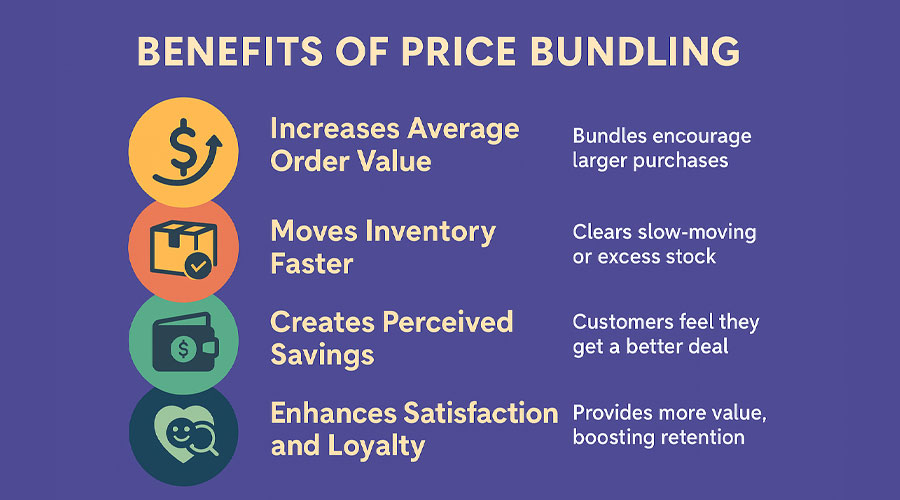
Price bundling in marketing provides several advantages for both businesses and consumers, making it a widely used strategy across industries. When combined with data-driven insights, it becomes even more powerful. Here are some of the key benefits:
-
Increases Average Order Value (AOV)
Bundling encourages customers to buy more in a single transaction, naturally increasing the average order value without needing to push individual sales aggressively.
Companies can bundle slow-moving or excess inventory with popular products to clear stock more efficiently while still providing value to the customer.
-
Creates Perceived Savings for Customers
Bundled pricing often makes customers feel they are getting a better deal, even if the actual discount is minimal. This perceived value can lead to more purchases and greater satisfaction.
-
Enhances Customer Satisfaction and Loyalty
When customers get more value for their money, they’re more likely to come back. Well-designed bundles that meet real needs build trust and long-term loyalty.
-
Improves Segmentation and Personalization through Data Analysis
Price bundling in marketing analytics helps businesses understand which bundles work best for different customer segments. By analyzing purchasing patterns and bundle performance, marketers can create more personalized offers that resonate with target audiences.
In short, price bundling in marketing analytics plays a crucial role in refining strategy, increasing profitability, and delivering better customer experiences.
Challenges and Considerations of price bundling
While price bundling can be a powerful marketing strategy, it also presents a number of challenges that must be carefully managed. As noted in Harvard Business Review, poorly executed bundles may confuse customers or reduce perceived value, especially when products included are not clearly complementary. To succeed, businesses must strike the right balance between increasing perceived value and avoiding customer frustration. Here are some key considerations:
-
Inventory Management Complexity: Bundling different products together can make inventory tracking more complicated. Businesses need to ensure they have enough stock of each bundled item, which requires accurate forecasting and coordination across departments.
-
Risk of Devaluing Individual Products: If customers consistently see items offered in discounted bundles, they may begin to undervalue the individual products. This can hurt long-term pricing power and reduce the perceived quality of standalone items.
-
Customer Confusion if Bundles Are Not Clear: Poorly communicated bundles can overwhelm or confuse customers. If the offer isn’t clear or the savings aren’t obvious, it may backfire and reduce conversions instead of boosting them.
-
Analytical Challenges in Marketing Performance: Tracking the success of bundles requires more advanced tools and analysis. Price bundling in marketing analytics presents challenges in attributing revenue, measuring profitability per item, and understanding customer behavior across different bundle types.
-
Dynamic Adjustment Needs and Technological Reliance: To stay competitive, businesses often need to adjust bundles based on real-time data, customer trends, and seasonal shifts. This requires strong technological infrastructure and often the use of AI or machine learning for personalization and pricing optimization.
In summary, while price bundling can drive value and loyalty, companies must navigate operational, analytical, and strategic complexities to make it truly effective.
Conclusion
Price bundling, when implemented thoughtfully, is a powerful strategy that can boost sales, enhance customer satisfaction, and create a stronger overall brand experience. By offering well-structured bundles, businesses can increase average order value, clear inventory faster, and deliver greater perceived value to their customers. However, to succeed, companies must carefully balance customer expectations with profitability, ensuring that bundles remain attractive without undermining individual product value. A strategic, customer-centric approach—supported by data and price bundling in marketing analytics—can help businesses tailor their offerings, stay competitive, and build long-term loyalty in an ever-evolving market.
FAQs
1. What is the difference between bundle pricing and discounting?
Bundle pricing involves offering multiple products or services together at a combined price, which is usually lower than the total cost of buying each item separately. Discounting, on the other hand, applies a reduced price to a single item or service. While both strategies aim to increase sales, bundling often adds more perceived value by encouraging larger purchases.
2. Why is price bundling effective in marketing?
Price bundling is effective because it simplifies the buying decision, increases perceived value, and often leads to higher average order value. It also supports cross-selling, helps introduce new products, and can enhance customer satisfaction—all of which make it a popular strategy in modern marketing.
3. What industries use price bundling the most?
Many industries use bundling, including technology (e.g., software suites), entertainment (e.g., streaming service bundles), retail (e.g., beauty or food packages), telecommunications (e.g., phone + internet plans), and travel (e.g., flight + hotel deals). These bundles are often tailored to customer preferences for convenience and value.
4. Can price bundling negatively impact sales?
Yes, if not executed well. Poorly designed bundles can confuse customers, devalue individual products, or lead to inventory issues. In some cases, customers might avoid a bundle if they only want part of what’s included. That’s why strategic planning and price bundling in marketing analytics are essential to minimize risks and maximize results.


